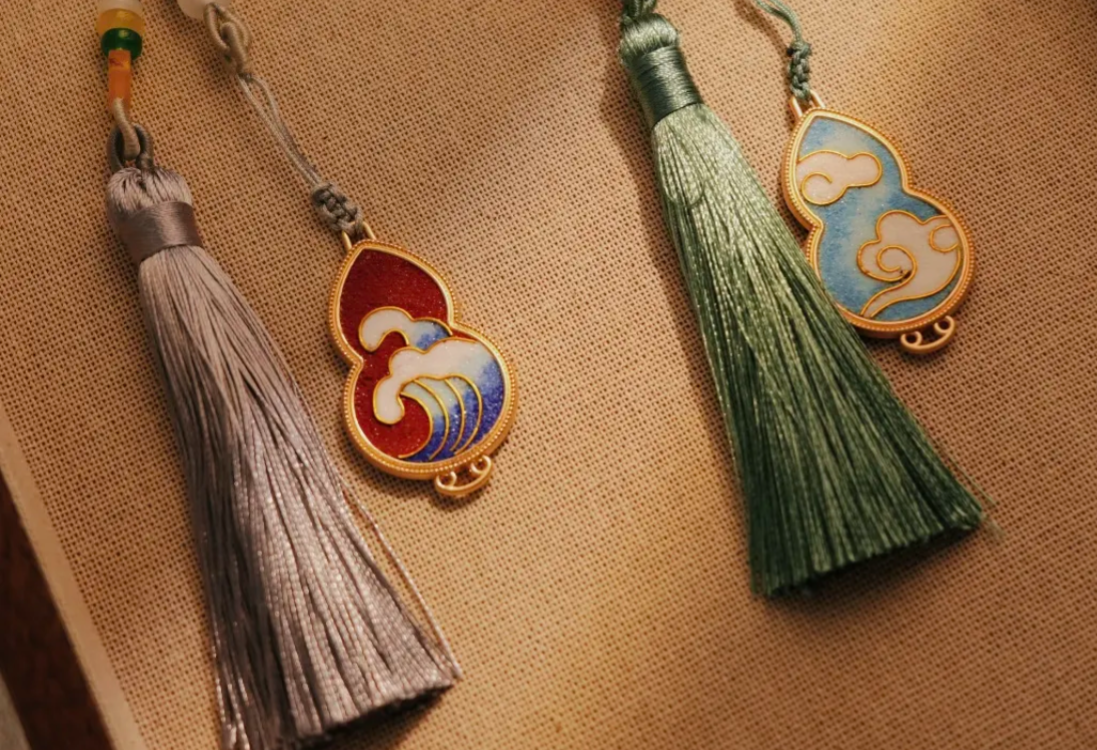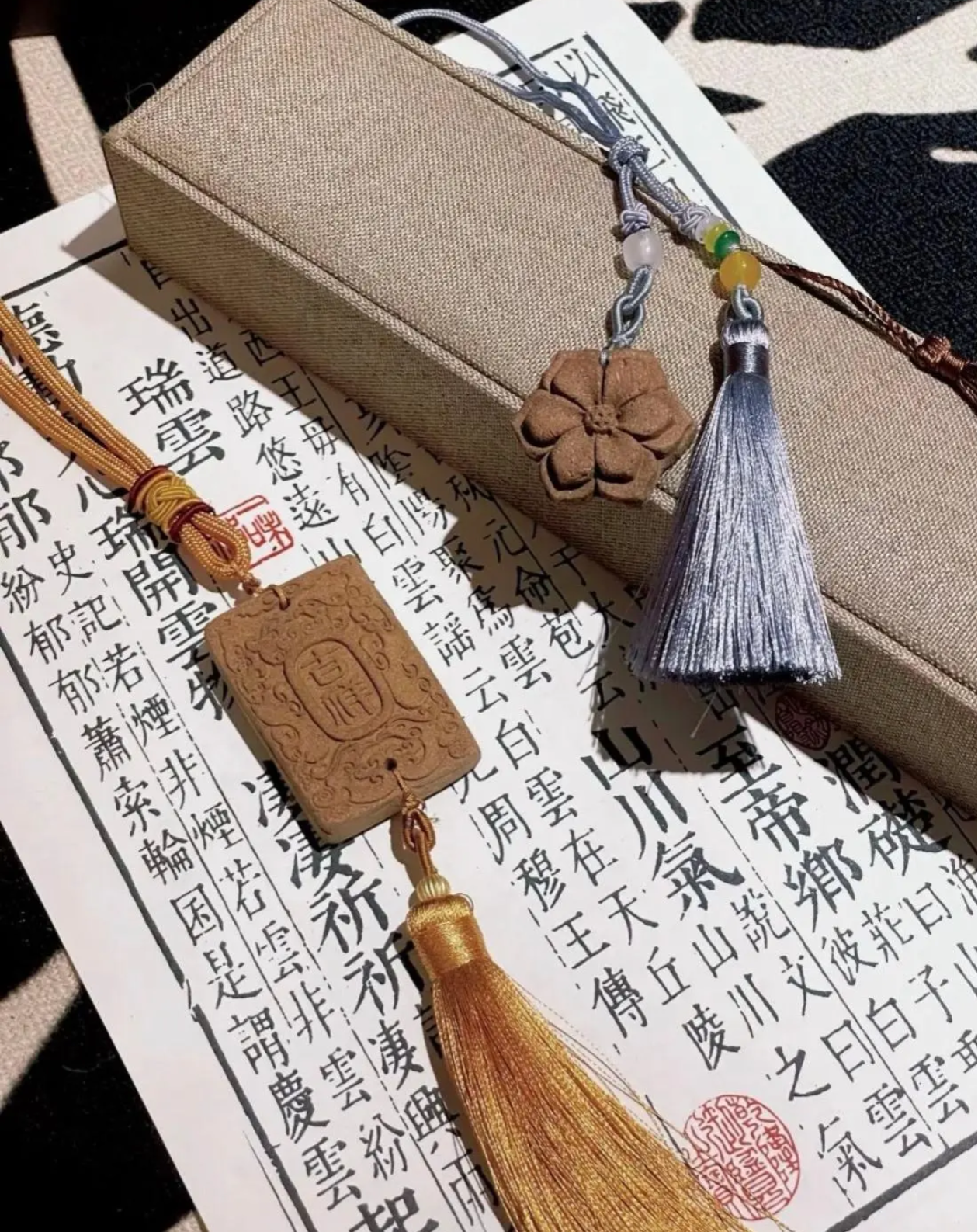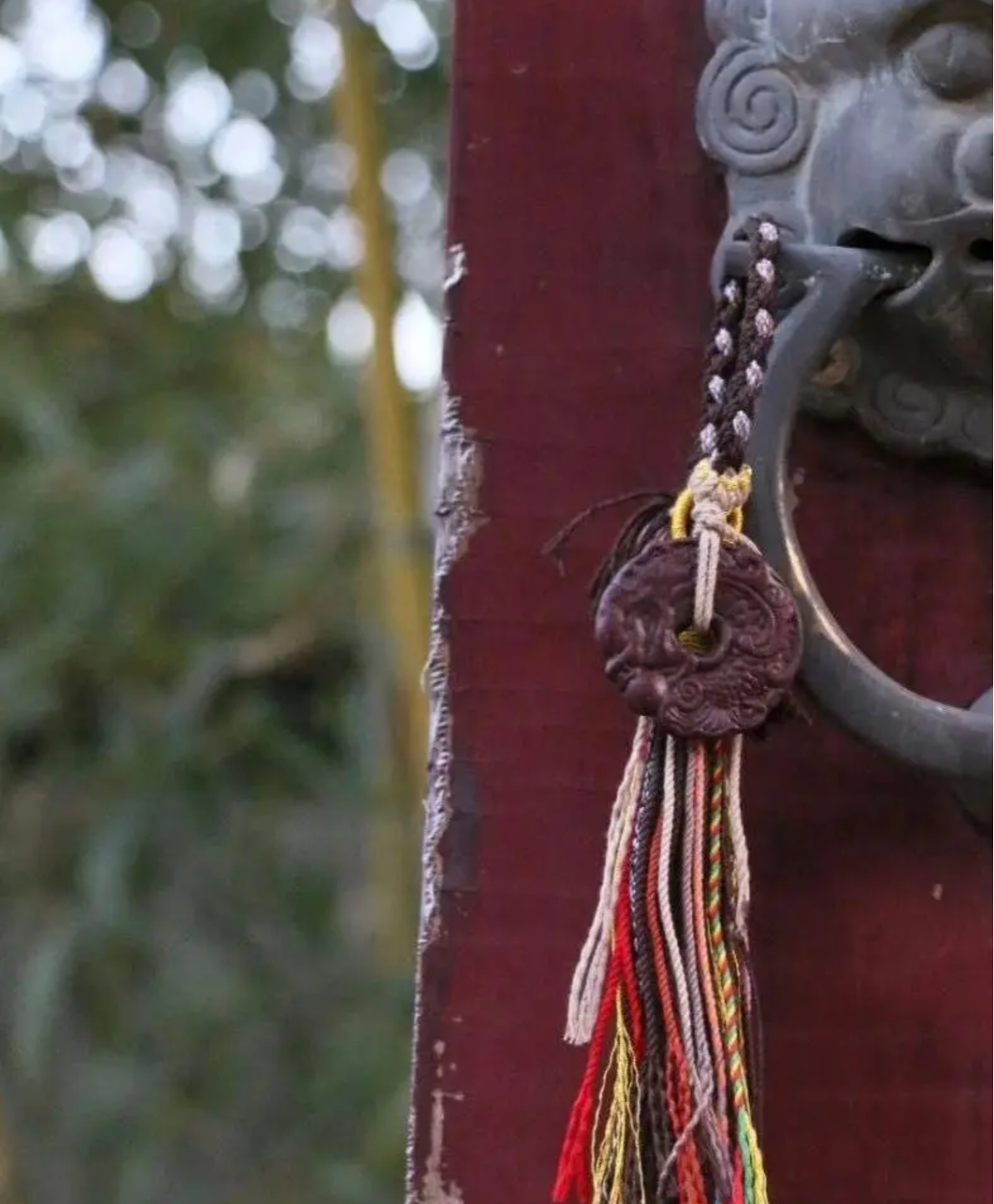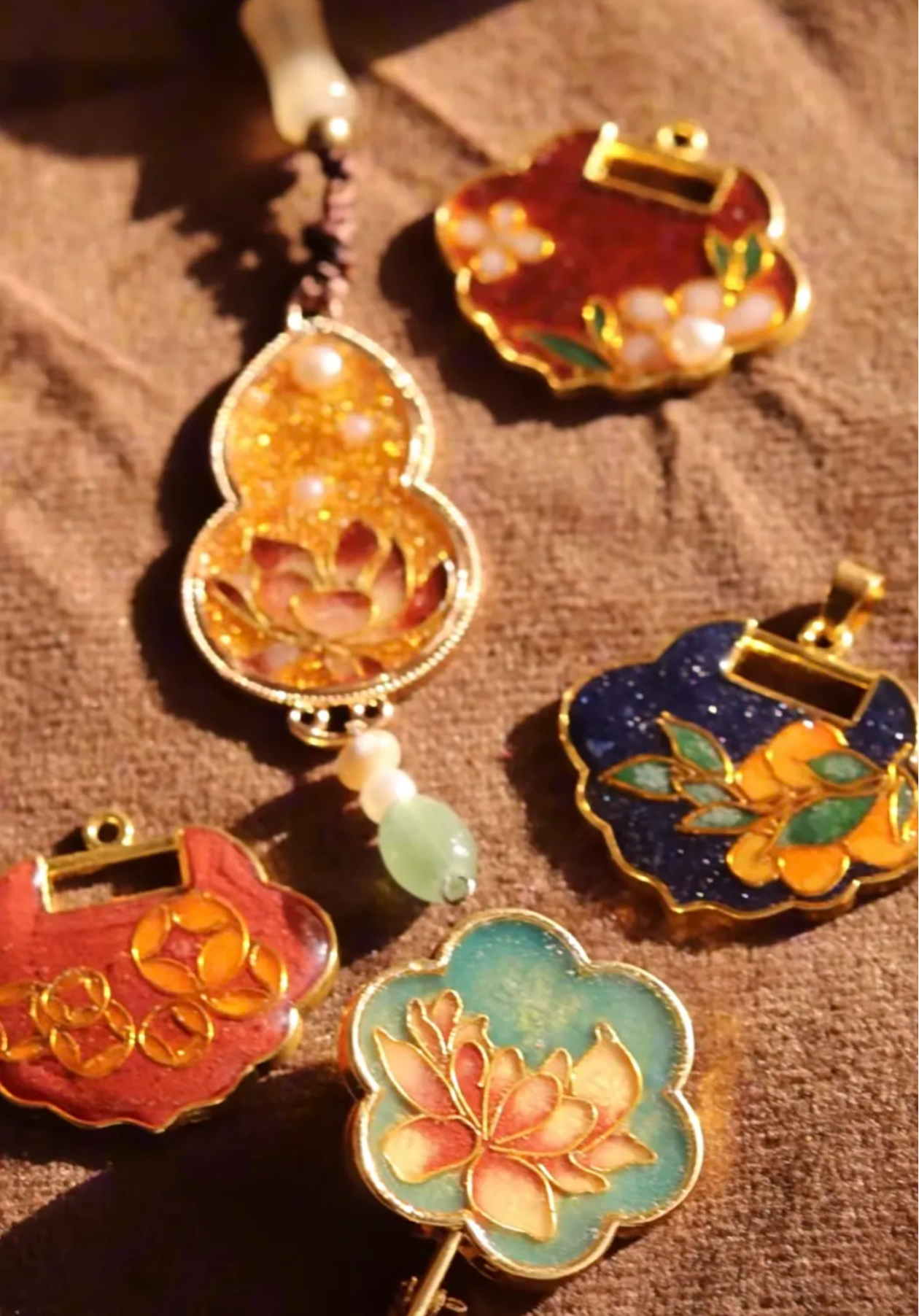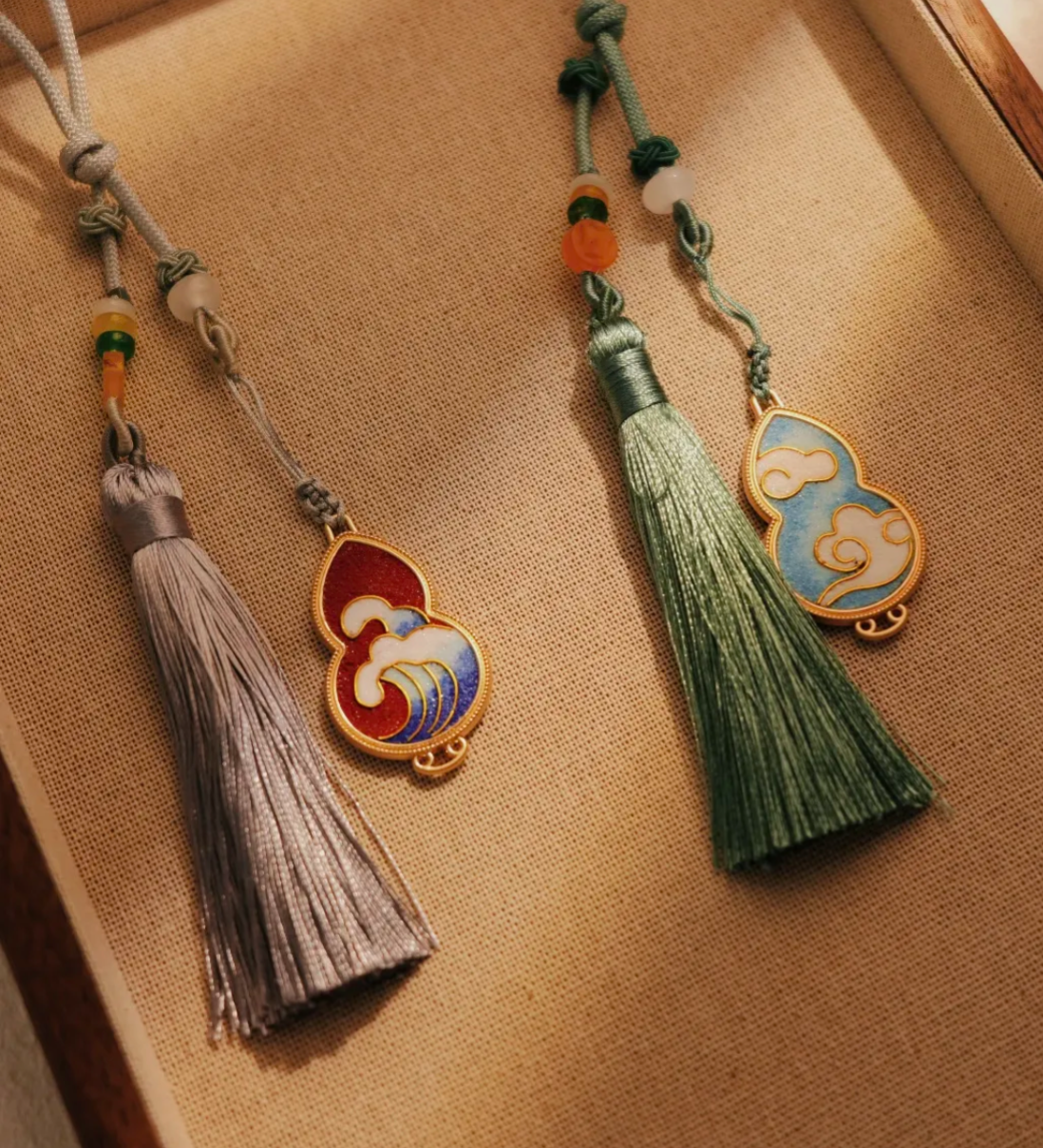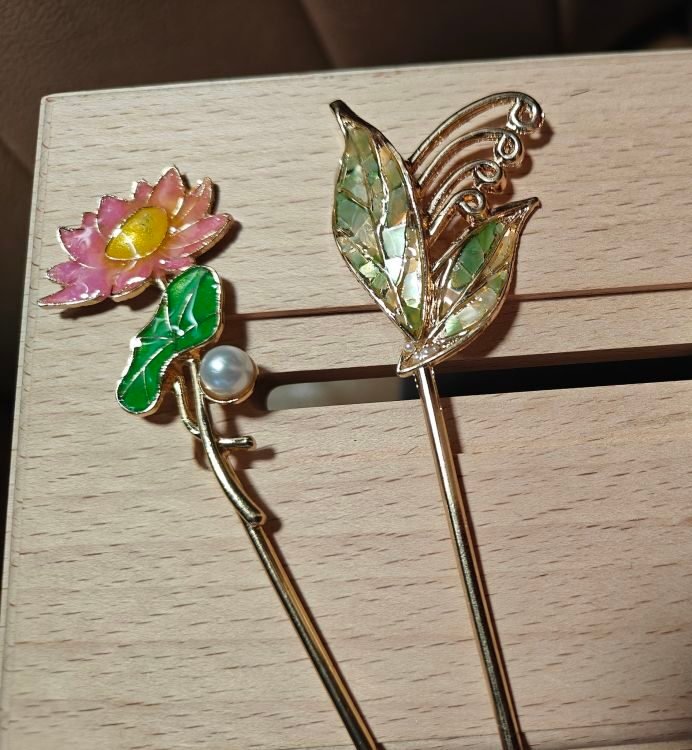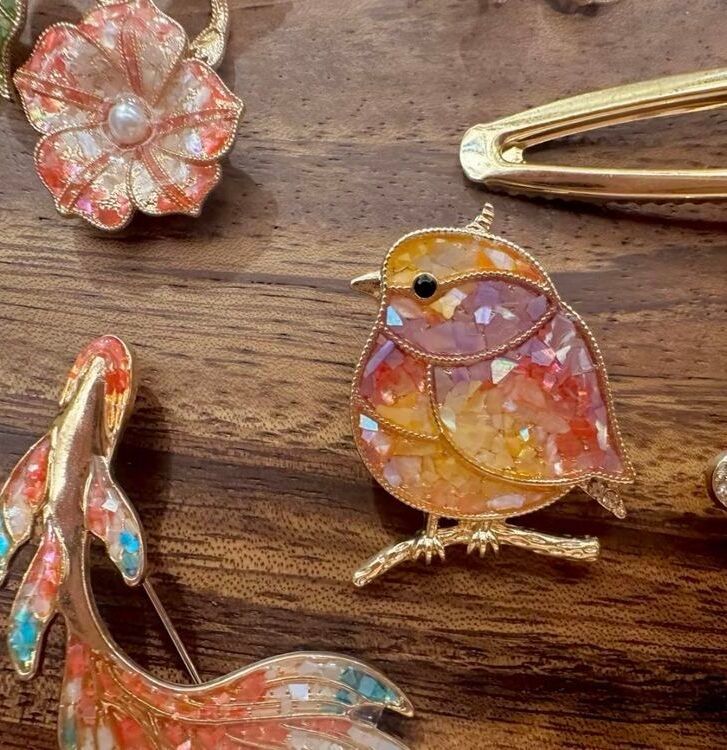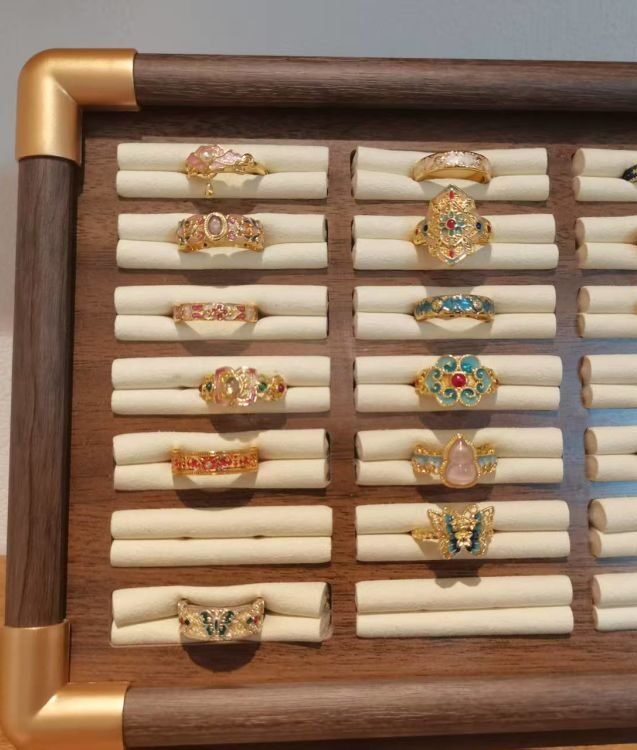Description
What You will Do
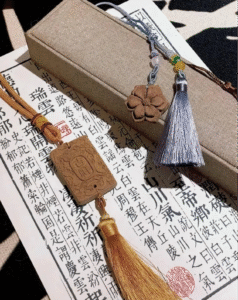
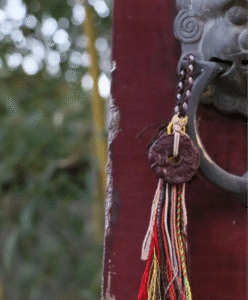
Incense Plaques
Hold the millennial fragrance seal, unlock your personal destiny talisman! Experience honey-refined incense blending, demolding and curing to create wearable and fondleable eternal incense plaques. Immerse in ritualistic incense crafting, take home an oriental fragrance totem crystallizing the five phases and six qi. (Suitable as pendant/car accessory)
Incense Plaques – Following the seasonal principle: ”Harvest wood in spring, gather flowers in summer, collect resins in autumn, preserve fragrances in winter!” Ancient artisans blended multiple aromatic herbs with aged honey, pressed them into tin molds to form plaques, then buried them in rice vats for three months to absorb earthly energies, achieving “living incense.” These plaques were often carved with Pi Xiu patterns to unlock destiny talismans—serving both as portable sachets and spiritual amulets.
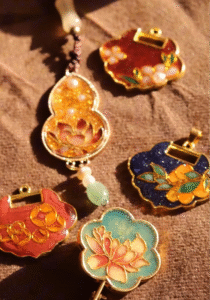
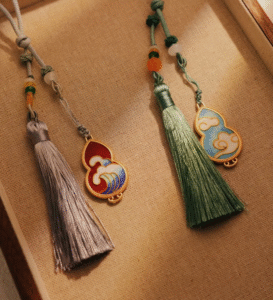
Cloisonné
Cloisonné (Jingtailan) is an enamelware crafted by shaping pliable flat copper wires into intricate patterns soldered onto a copper body, filling the designs with vitreous enamel glazes, and firing to completion. Originating in the Yuan Dynasty and flourishing during the Ming Dynasty’s Jingtai era (1450-1456), this art boasts a 600-year history.
The complex manufacturing process comprises four essential stages:
Body forming
Wire pinching/twisting
Enamel filling
Multiple firings
Renowned for its vibrant hues, exquisite filigree, elegant motifs, and enduring hardness that resists fading over time, cloisonné exemplifies timeless artistry.
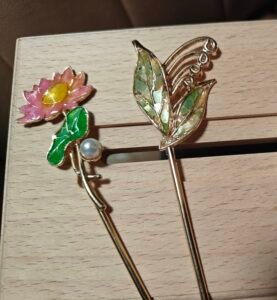
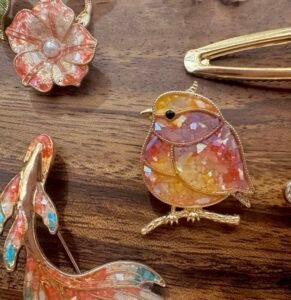
Nacre
Nacre is a traditional decorative craft, which refers to the processing of shells of soft-bodied animals such as snails, shells and clams into thin sheets, and then carefully carved and joined to form various patterns of flowers, plants, people, birds and beasts.
Nacre, originating in the Shang Dynasty, was discovered in the early 1980s when Chinese archaeologists unearthed numerous lacquerware pieces inlaid with nacre from the Western Zhou Dynasty at the Yan State cemetery west of the Liulihe River. Among these artifacts, one lacquerware featured a painted beast face and phoenix motif crafted using nacre technique, representing one of the earliest known examples of nacre lacquerware in the world to date.
Nacre art is renowned for its colorful hues and ingenious combination techniques. From the lacquerware of the Tang Dynasty to the furniture of the Ming and Qing dynasties, nacre art has left a significant mark in the history of China.
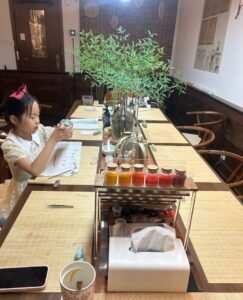
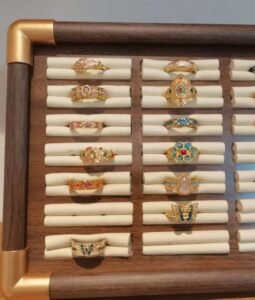
Diancui
Diancui is the perfect combination of traditional Chinese metalwork and feather craftsmanship. The “dian” in Diancui refers to embellishment, while “cui” represents the feathers of kingfishers. The craft is divided into soft cui and hard cui, categorized according to the size of the feathers used.
The process of making kingfisher is as follows: first make a metal base, then inlay the blue feathers of kingfisher on it, and make jewelry.
The History of Diancui: Originating in the Han Dynasty, this traditional craft involved using kingfisher feathers for adornment. During the Kangxi, Yongzheng, and Qianlong reigns of the Qing Dynasty, its craftsmanship reached its zenith, with empresses ‘phoenix crowns predominantly decorated with kingfisher feathers. However, in modern times, due to the kingfisher’s endangered status, imitation Diancui techniques emerged, reviving this ancient craft through creative adaptations.
Modern point-cui technique: imitation point-cui, using silk, goose feathers or peacock feathers instead of kingfisher feathers, which is environmentally friendly and the technique remains unchanged.






